Tasmania’s wild heart beats with some of the world’s most unique creatures, from pouched devils to duck-billed platypus. This island state serves as nature’s perfect stage, where ancient forests meet rugged coastlines, and every turn brings a chance to spot something extraordinary. For wildlife watchers, Tasmania isn’t just a destination – it’s a living museum where animals roam freely in their natural habitat, largely unchanged for thousands of years.
Let’s explore some of Tasmania’s best spots where getting up close with wildlife isn’t just possible – it’s practically guaranteed. These locations offer front-row seats to nature’s most fascinating shows.
Cradle Mountain-Lake St Clair National Park
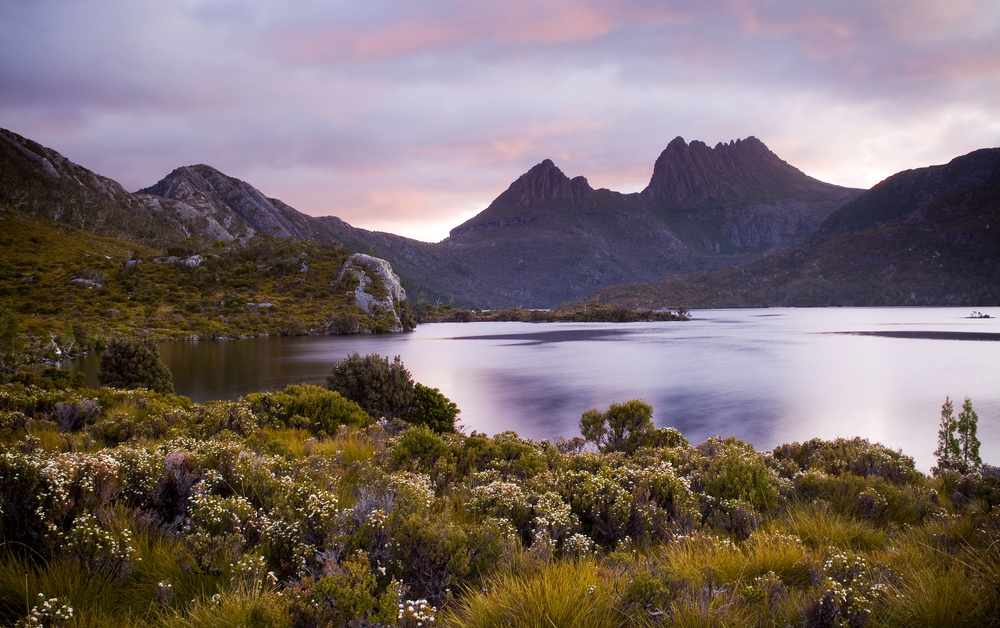
Cradle Mountain’s rugged peaks and ancient rainforests create the perfect backdrop for spotting wombats grazing in the evening light. Bennett’s wallabies hop along the boardwalks here, completely at ease with camera-wielding visitors who keep a respectful distance.
Pademelons emerge from the undergrowth at dusk, while platypus can often be spotted in the quieter pools in the early morning or late afternoon. The famous Overland Track offers some of the park’s best wildlife viewing opportunities, with echidnas often seen shuffling through the button grass plains.
Maria Island National Park
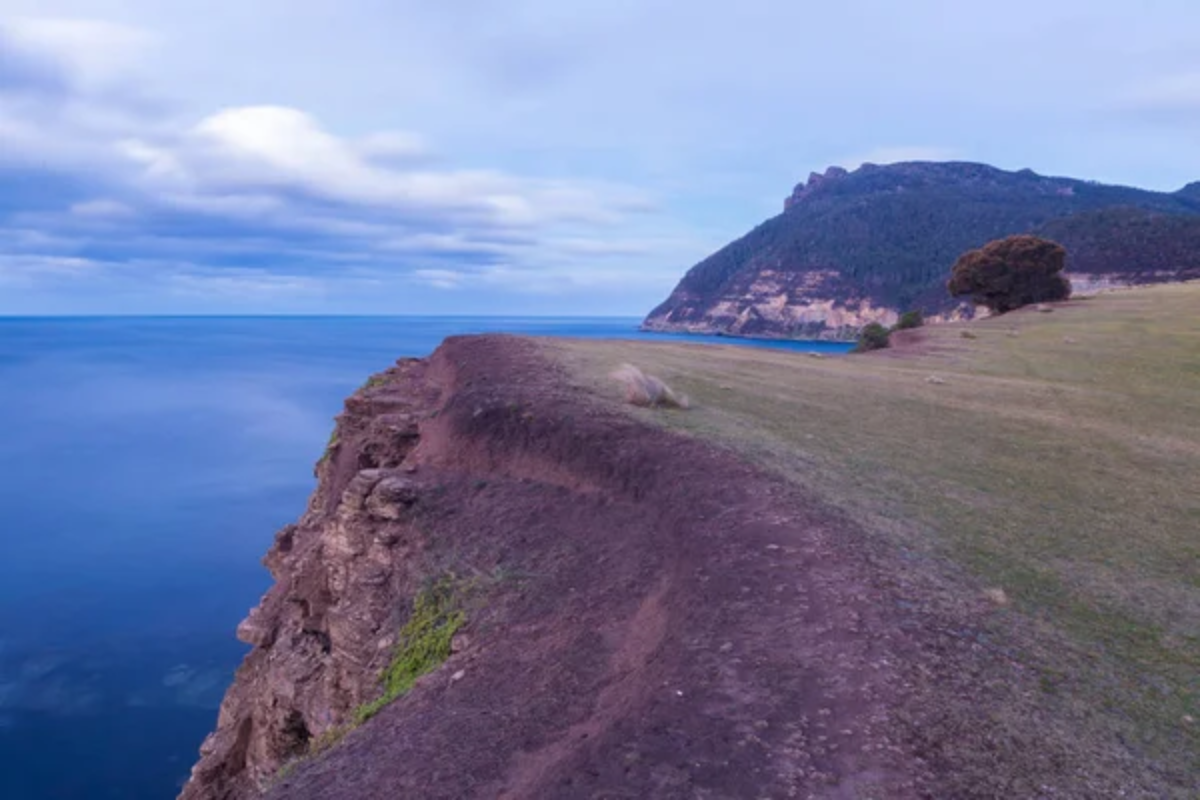
This car-free island serves as a natural sanctuary where Tasmanian devils roam freely, part of a successful breeding program to protect these iconic creatures. Wombats graze on the historic lawns of Darlington, so numerous that watching where you step becomes part of the island experience.
Cape Barren geese waddle across the grasslands, while dolphins and whales can often be spotted from the coastal cliffs during migration season. The clear waters around the island host playful seals, making it a perfect spot for both land and marine wildlife encounters.
Like Travel Pug’s content? Follow us on MSN.
Mount Field National Park
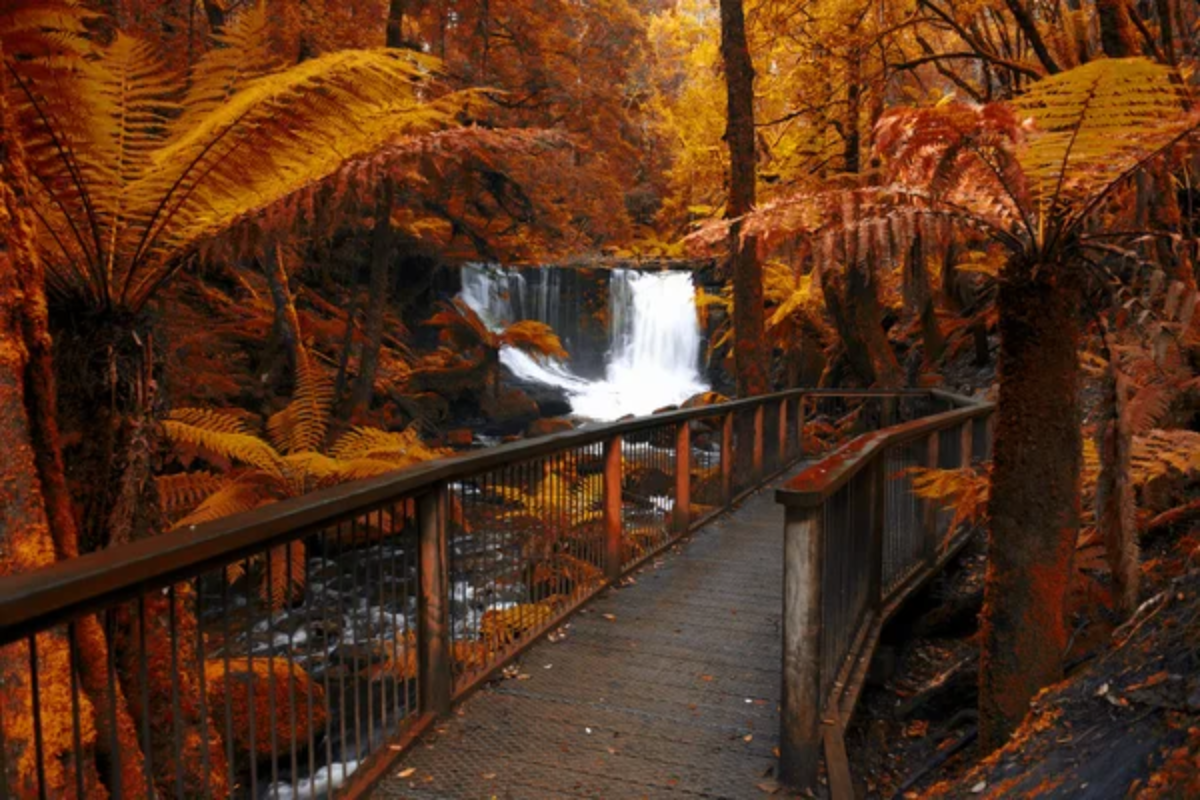
Just an hour from Hobart, Mount Field’s varying elevations create distinct habitats supporting incredible wildlife diversity. Platypus regularly surfaces in the pools along the Tyenna River, especially around Platypus Tarn during dawn and dusk hours.
Night walks reveal sugar gliders gliding between ancient gum trees while spotlighting tours bring chances to see quolls and possums. The park’s famous tall tree ferns provide shelter for dozens of bird species, including the striking pink robin.
Bonorong Wildlife Sanctuary
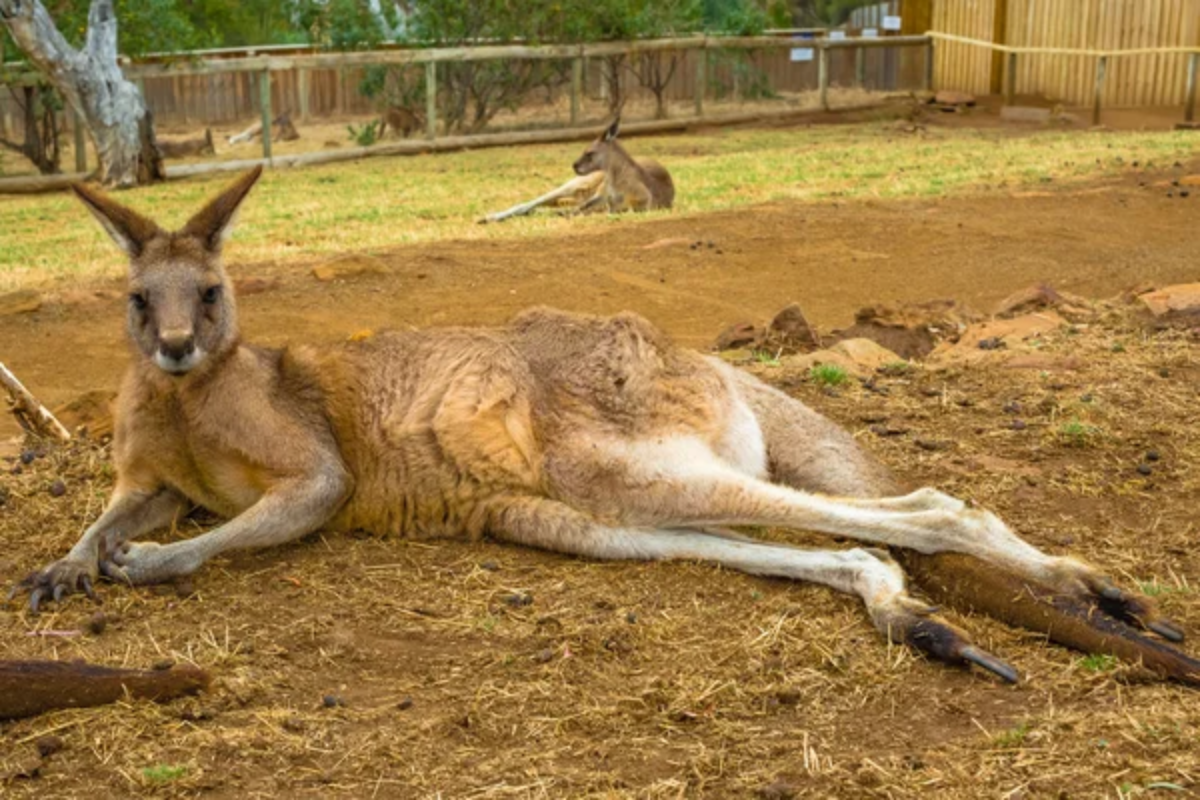
This sanctuary near Brighton guarantees encounters with rescued native wildlife, including close-up views of Tasmanian devils during their feeding times. Eastern quolls, normally shy in the wild, can be observed here in a natural setting that prioritizes their well-being.
Koalas, though not native to Tasmania, have found a home here alongside rehabilitated echidnas and wombats. The sanctuary’s knowledgeable staff share amazing stories about their rescued animals while educating visitors about wildlife conservation.
Narawntapu National Park
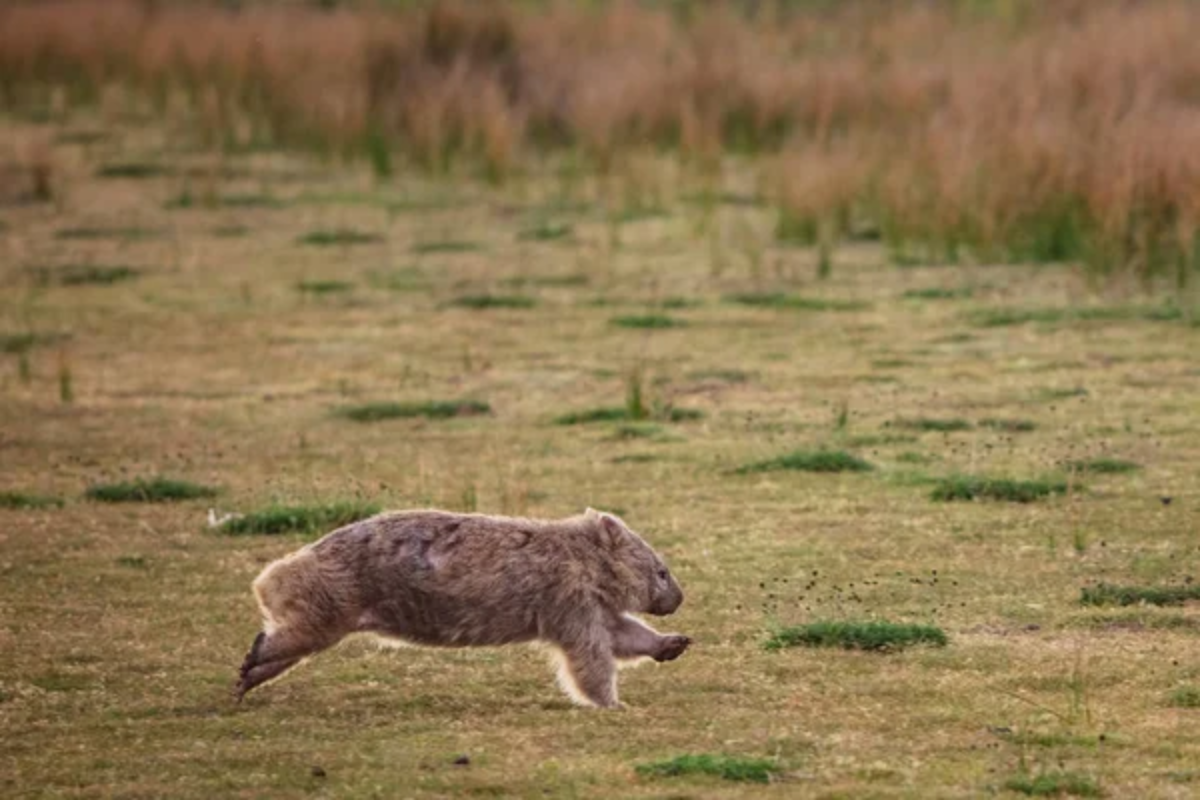
Often called ‘Tasmania’s Serengeti,’ this park’s coastal plains come alive at dusk with grazing forester kangaroos and wallabies. Wombats emerge from their burrows in the late afternoon, creating perfect photography opportunities against the backdrop of the beautiful Bass Strait.
Bird enthusiasts can spot over 116 species here, including the endangered Tasmanian wedge-tailed eagle soaring overhead. The park’s wetlands attract countless waterbirds, while its beaches occasionally host basking seals.
Like Travel Pug’s content? Follow us on MSN.
Franklin-Gordon Wild Rivers National Park
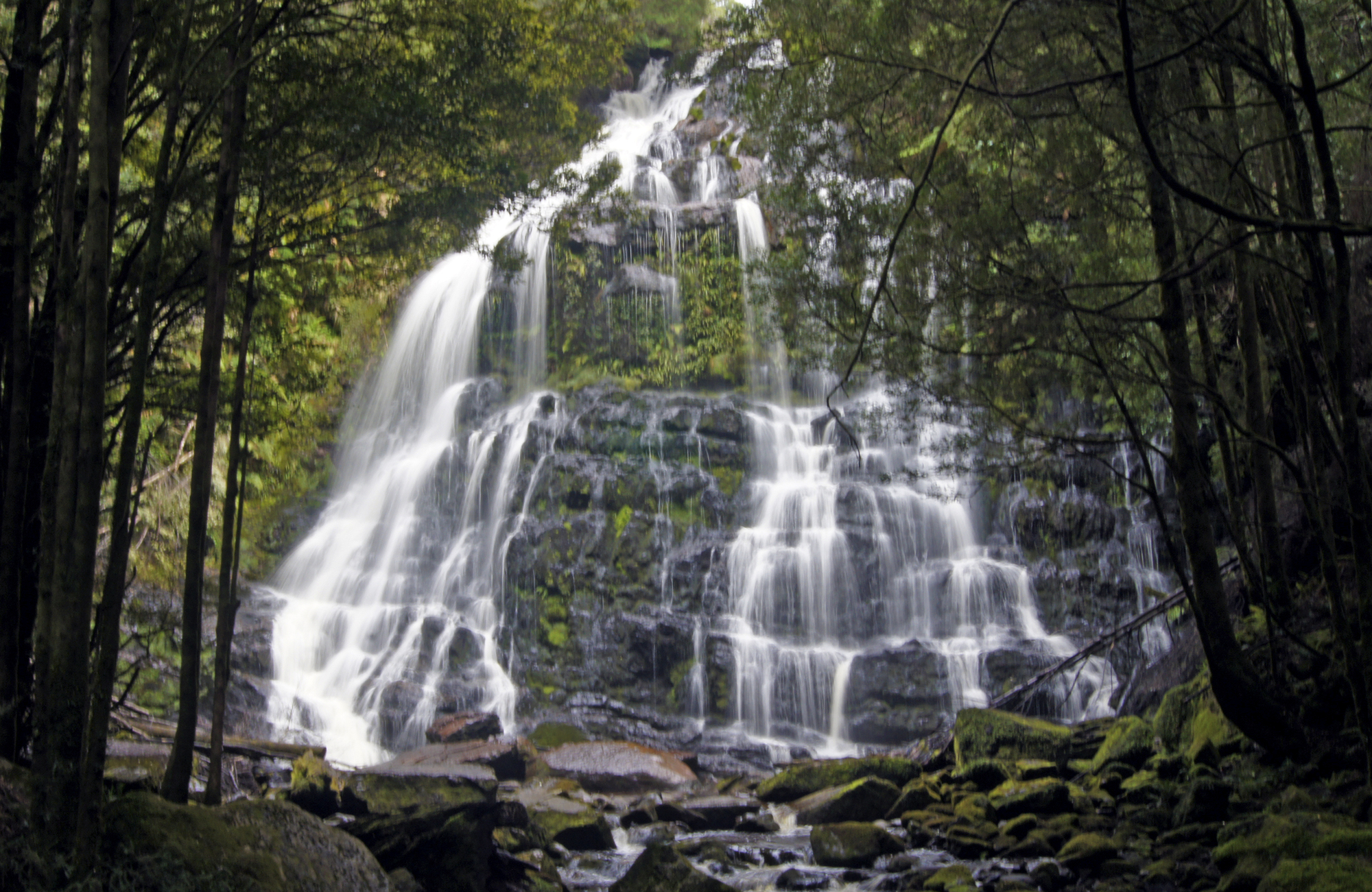
This park’s pristine rivers and ancient rainforests harbor some of Tasmania’s most elusive creatures. Platypus dives for food in the quiet stretches of the Franklin River, particularly during early morning hours.
White-bellied sea eagles patrol the river valleys, while orange-bellied parrots occasionally pass through during migration. The park’s remote location means animals behave naturally, offering authentic wildlife-watching experiences.
Freycinet National Park
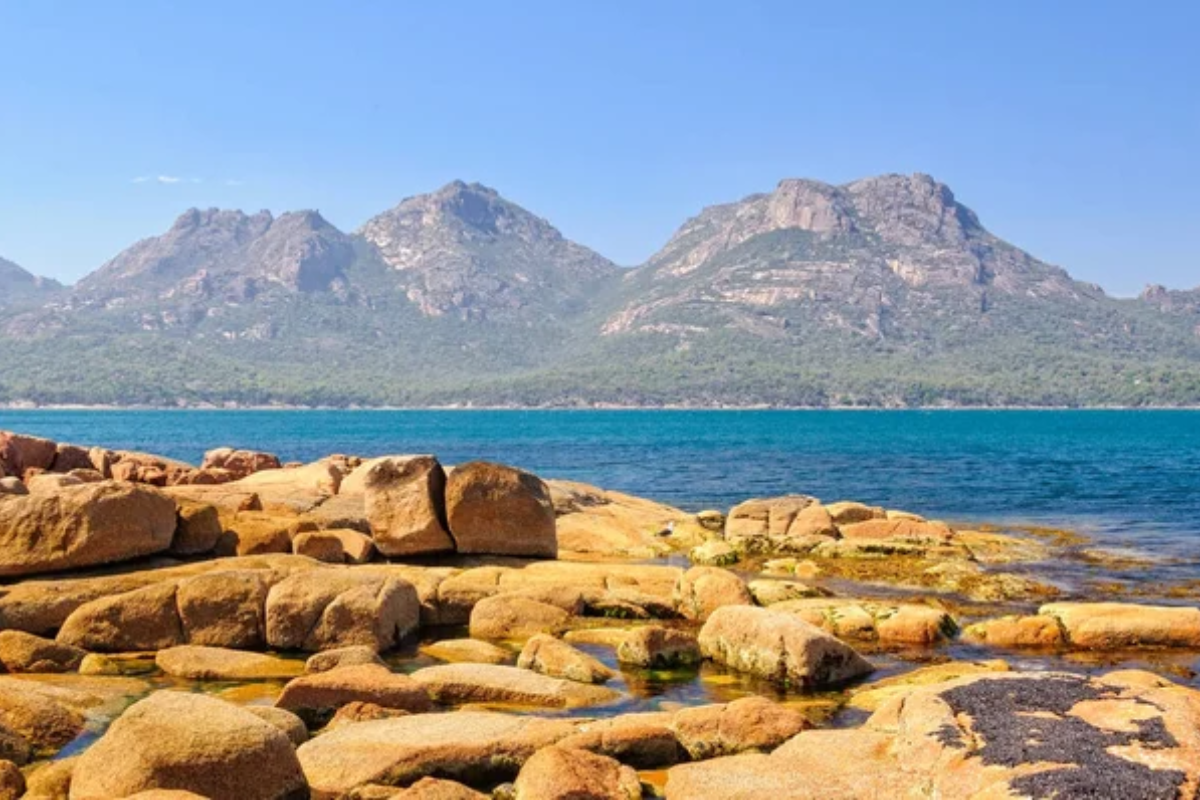
The pink granite mountains and white-sand beaches of Freycinet provide habitats for abundant wildlife on land and in the sea. White-bellied sea eagles nest in the coastal cliffs, while dolphins regularly play in the crystal-clear waters of Wineglass Bay.
Red-necked wallabies graze along the walking tracks, particularly around dusk near Hazards Beach. The park’s coastal heathland supports numerous echidnas, which can often be spotted rooting around for ants.
Bay of Fires
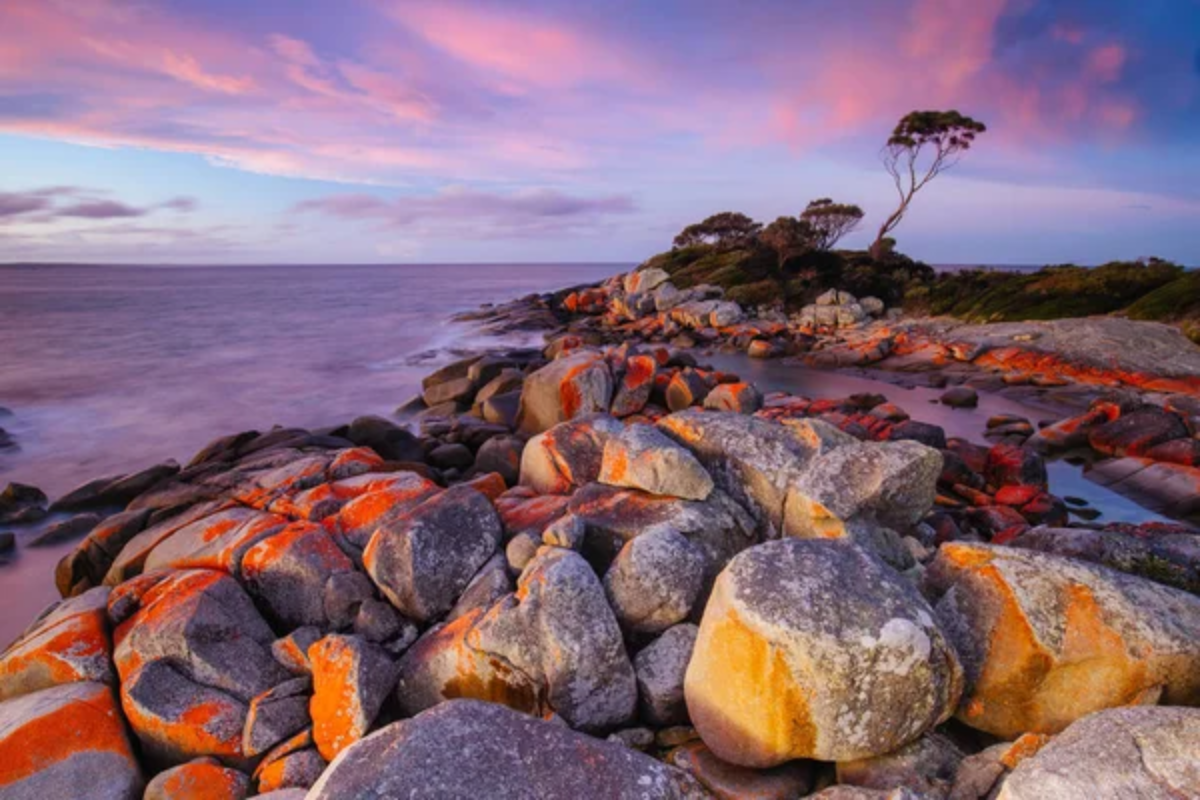
This stunning coastal area offers excellent opportunities to spot marine mammals and coastal birds. Australian fur seals frequently haul out onto the orange-lichen-covered rocks, creating perfect photo opportunities.
Sea eagles and ospreys patrol the coastline, diving dramatically for fish in the crystal-clear waters. The coastal heath behind the beaches houses numerous small marsupials, including potoroos and bandicoots.
Like Travel Pug’s content? Follow us on MSN.
Tamar Island Wetlands
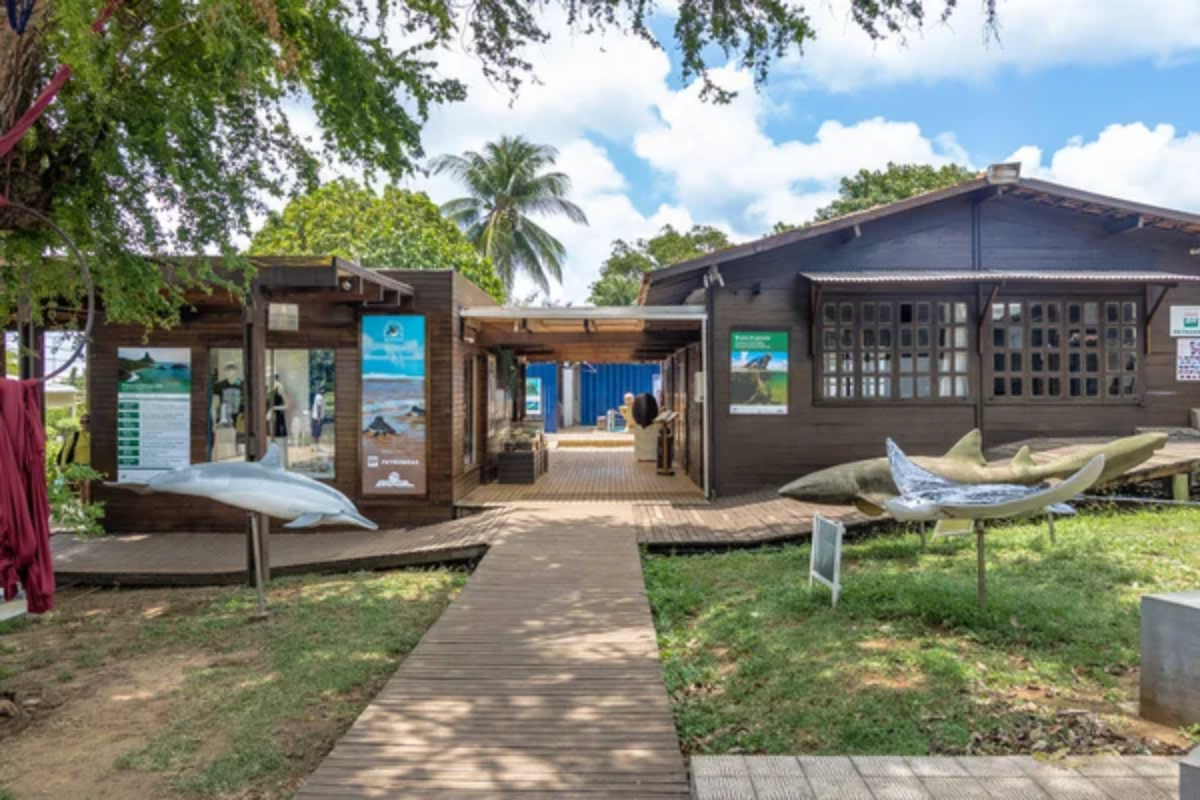
This urban wetland provides a haven for water birds and small mammals near Launceston. Platypus regularly feed in the quiet channels, while swamp harriers patrol overhead looking for prey.
The boardwalk offers close encounters with pademelons and potoroos feeding in the undergrowth. The wetland’s viewing hides allow visitors to observe birds without disturbing them.
kunanyi/Mount Wellington
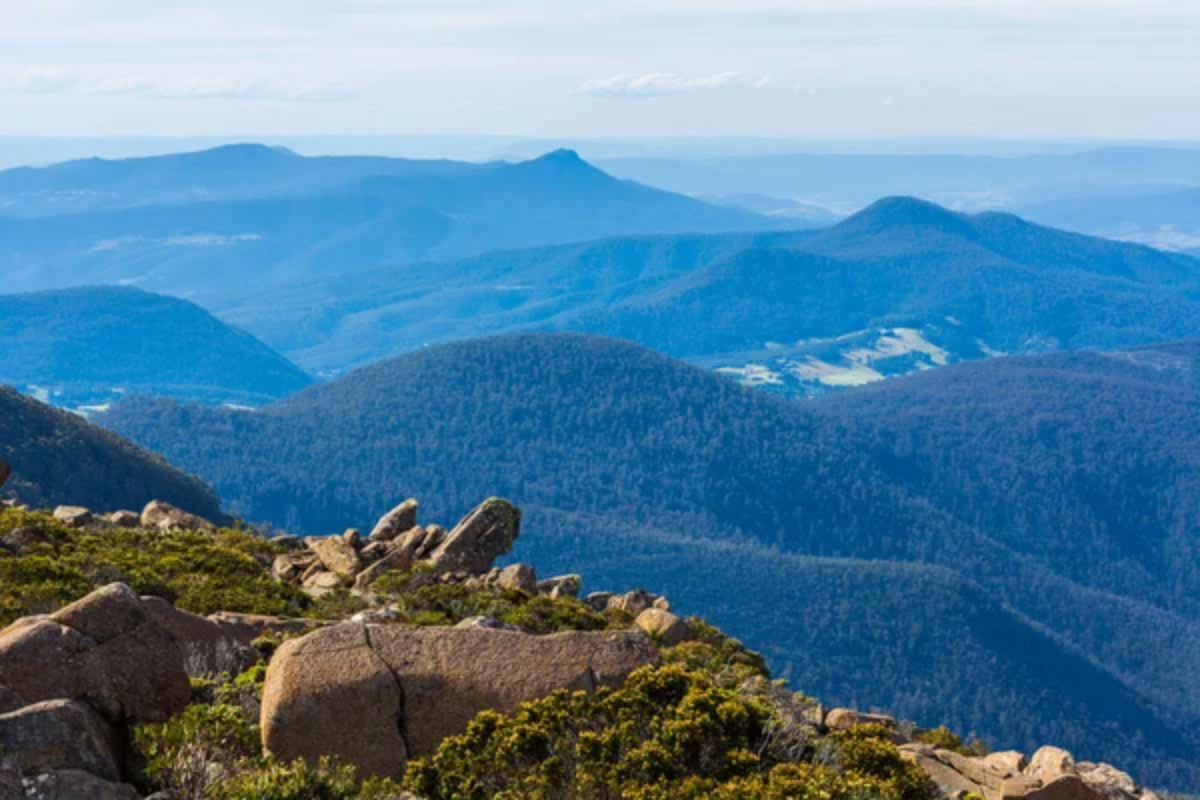
The mountain looming over Hobart offers surprising wildlife encounters just minutes from the city. Bennett’s wallabies and pademelons graze in the sub-alpine meadows, particularly around The Springs area.
Swift parrots can sometimes be spotted feeding in the flowering gum trees during summer. The mountain’s various walking tracks provide opportunities to spot echidnas and reptiles sunning themselves on warm rock
Bruny Island
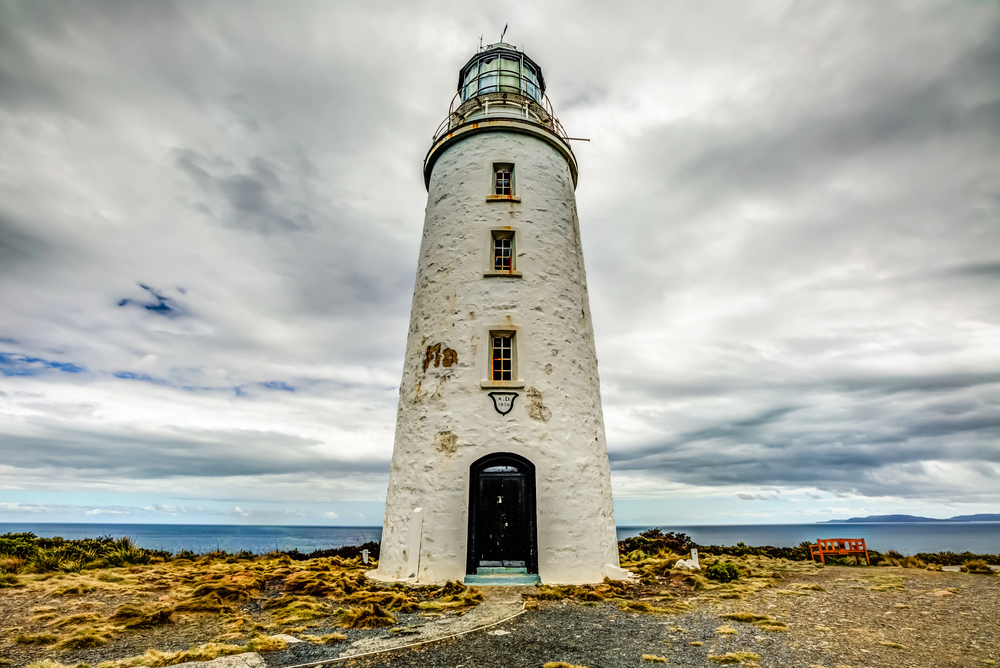
This island paradise south of Hobart is famous for its white wallabies, a rare color mutation found nowhere else in the wild. The coastal waters host migrating whales, while white-bellied sea eagles nest in the tall eucalypts along the shore.
Penguins waddle ashore at dusk in several locations around Adventure Bay. The island’s diverse habitats support an incredible variety of birdlife, from swift parrots to forty-spotted pardalotes.
Like Travel Pug’s content? Follow us on MSN.
Tarkine/takayna Forest
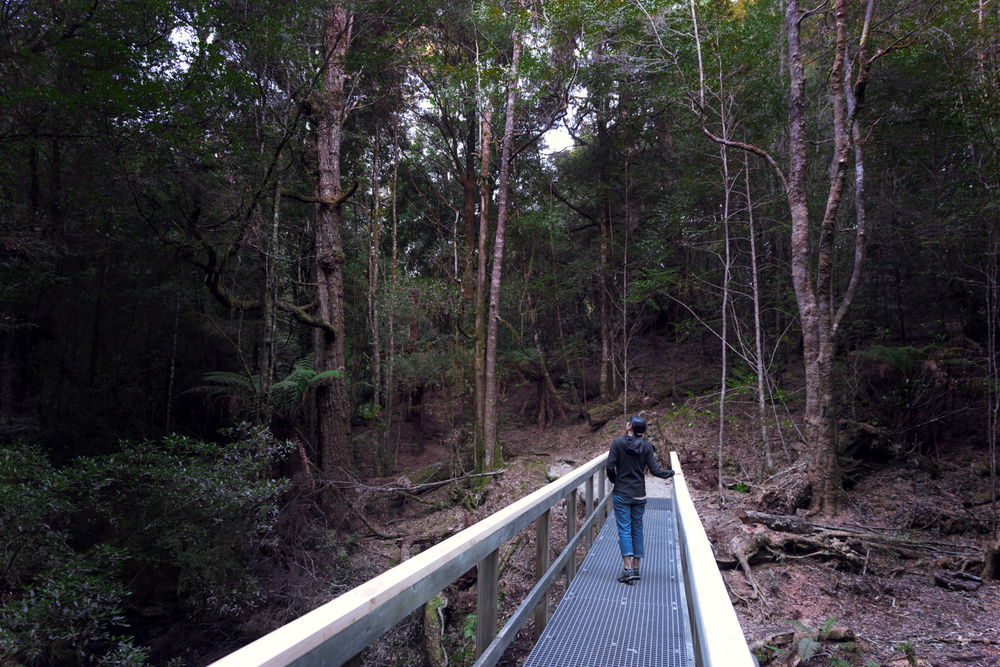
This ancient rainforest harbors some of Tasmania’s most mysterious creatures in its shadowy depths. Spotted-tailed quolls hunt through the undergrowth, while Tasmanian devils leave their distinctive tracks along muddy trails.
The forest canopy houses numerous possums and gliders, best spotted during night walks. Giant freshwater crayfish can sometimes be glimpsed in the clear streams that cut through the forest.
Friendly Beaches
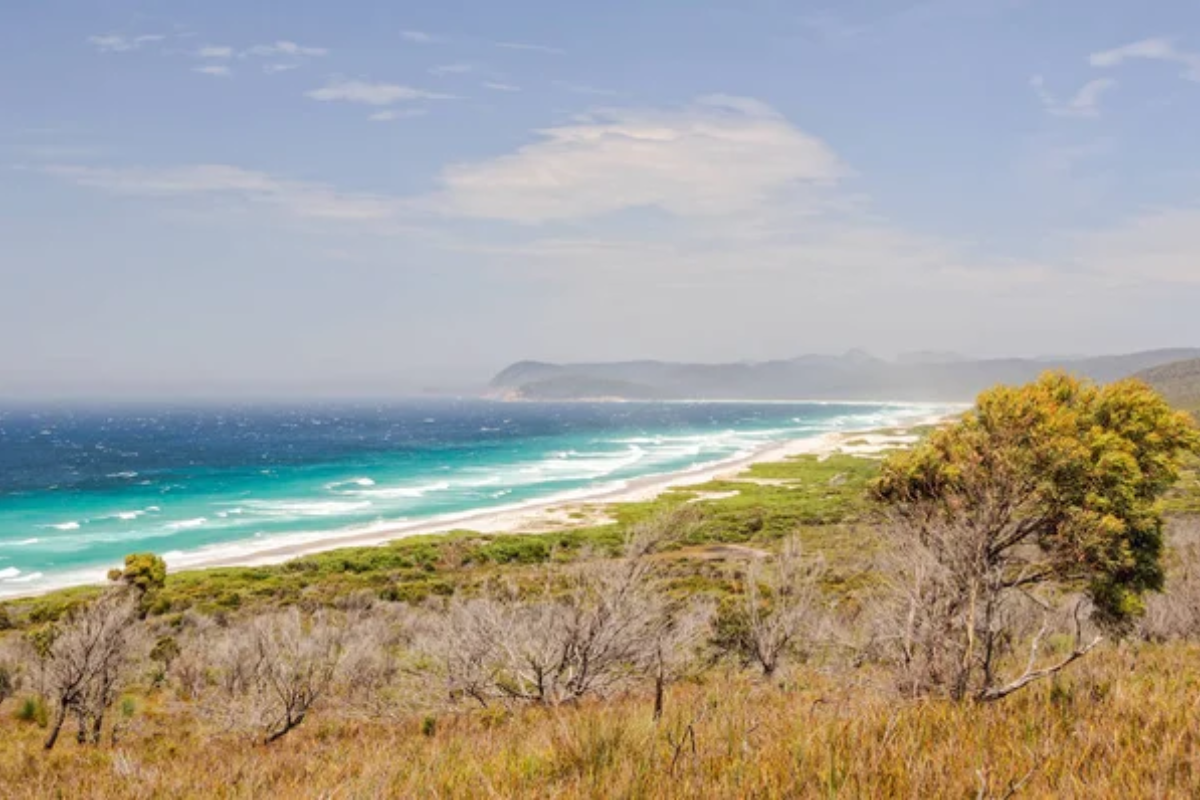
The pristine coastline offers excellent opportunities to spot marine wildlife and shorebirds. Dolphins regularly surf the waves, while sea eagles patrol the shoreline looking for fish.
Hooded plovers nest along the quieter sections of the beach while pademelons graze in the coastal scrub. The clear waters make it easy to spot rays and schools of fish in the shallows.
Low Head
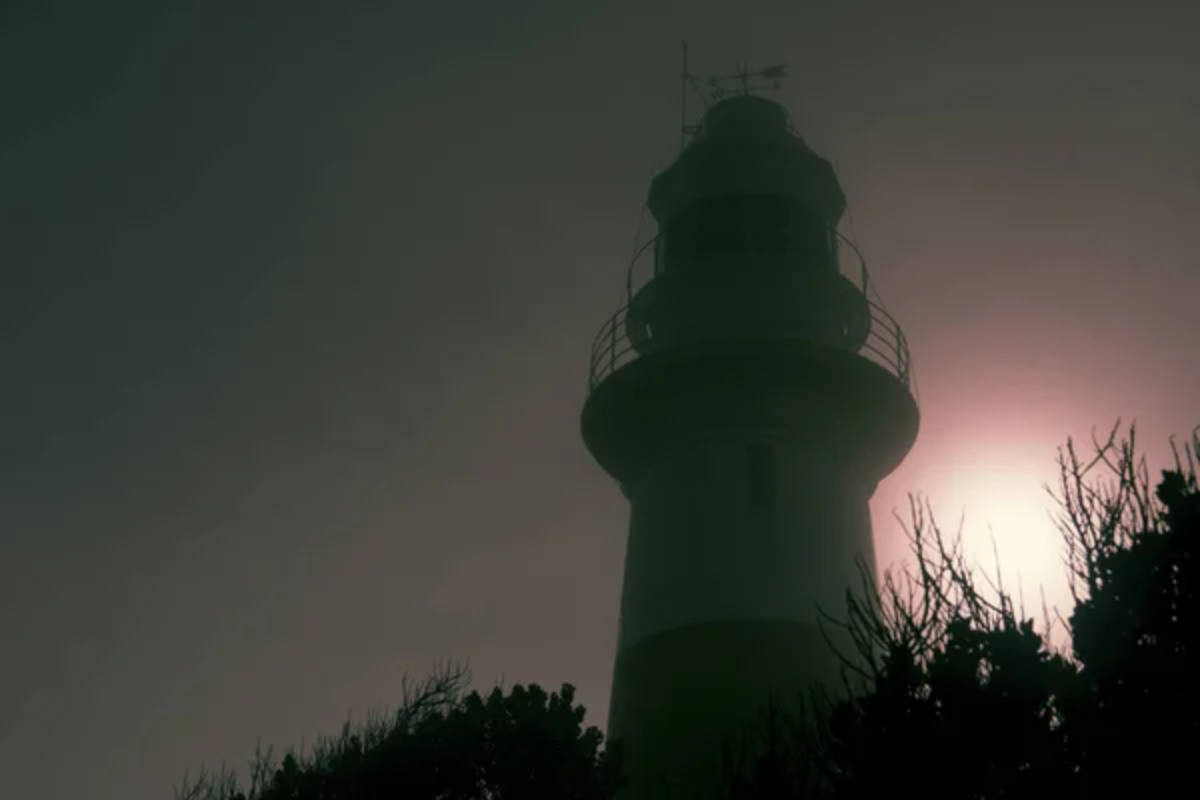
This northern coastal area is famous for its little penguin colony, which returns to shore each evening. Australian fur seals regularly haul out onto the rocks around the lighthouse, providing excellent viewing opportunities.
Dolphins frequently chase fish in the waters around the lighthouse, particularly during incoming tides. The coastal scrub supports numerous small marsupials, including potoroos and bandicoots.
Like Travel Pug’s content? Follow us on MSN.
Mount William National Park
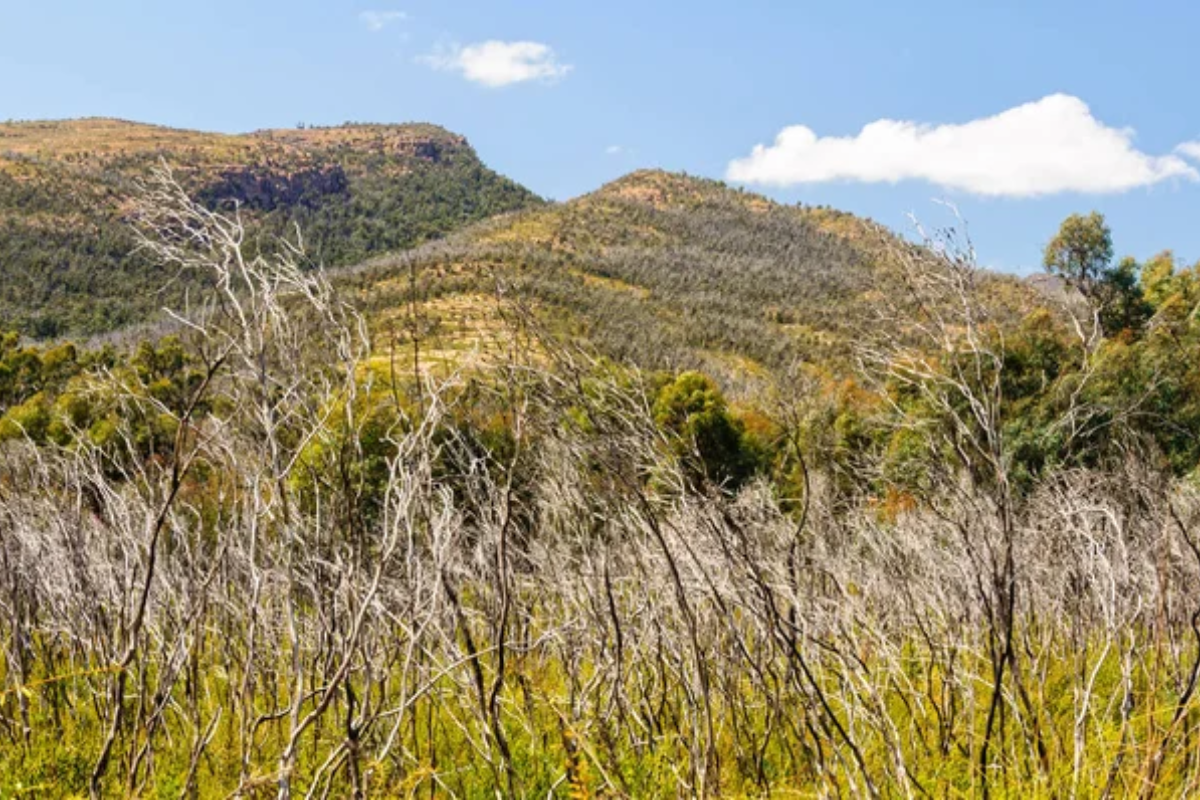
The northeastern corner of Tasmania offers some of the state’s best kangaroo-watching opportunities. Forester kangaroos, Tasmania’s largest marsupials, graze in the coastal heathland throughout the day.
Wombats emerge from their burrows in the late afternoon, creating perfect photography opportunities. The park’s beaches occasionally host visiting seals and sea lions.
Melaleuca
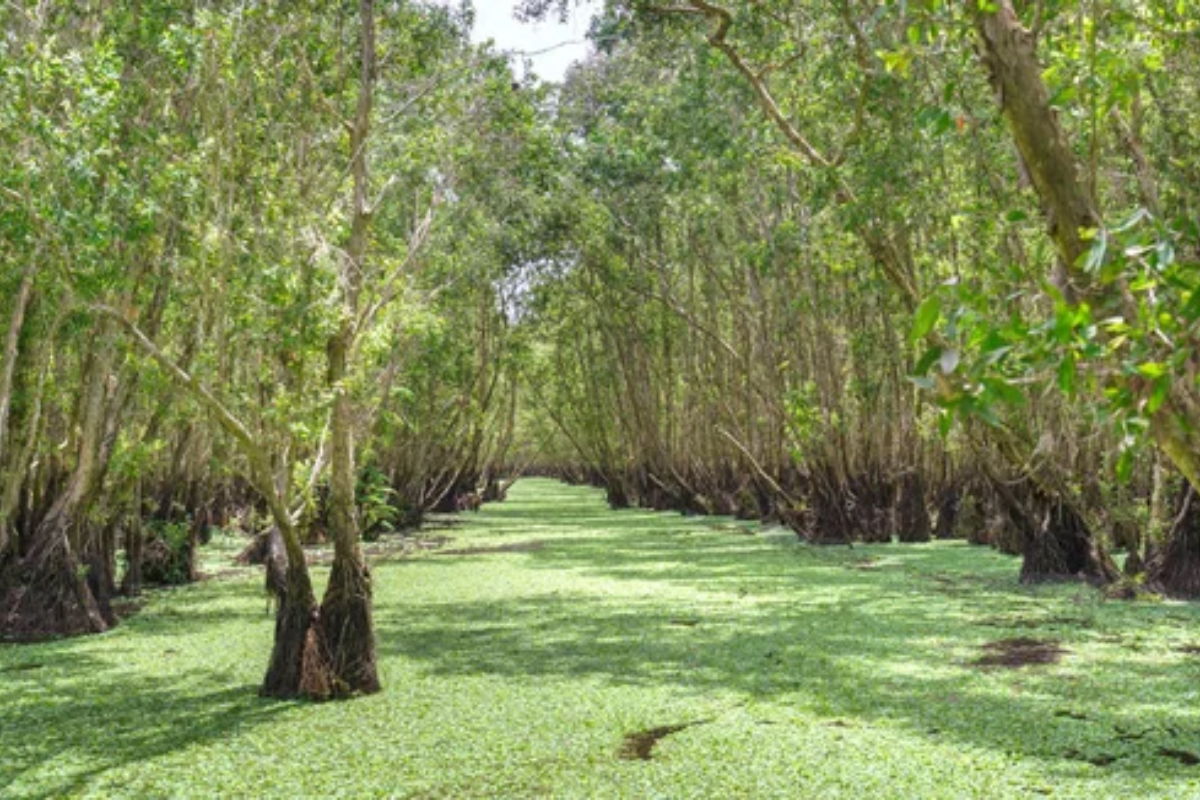
This remote southwest location offers chances to spot some of Tasmania’s rarest wildlife. The critically endangered orange-bellied parrot breeds here, making it one of the few places to see these birds in the wild.
Ground parrots can be heard calling in the button grass plains while white-bellied sea eagles patrol the coastline. The area’s isolation means wildlife behaves naturally, offering authentic viewing experiences.
South Bruny National Park
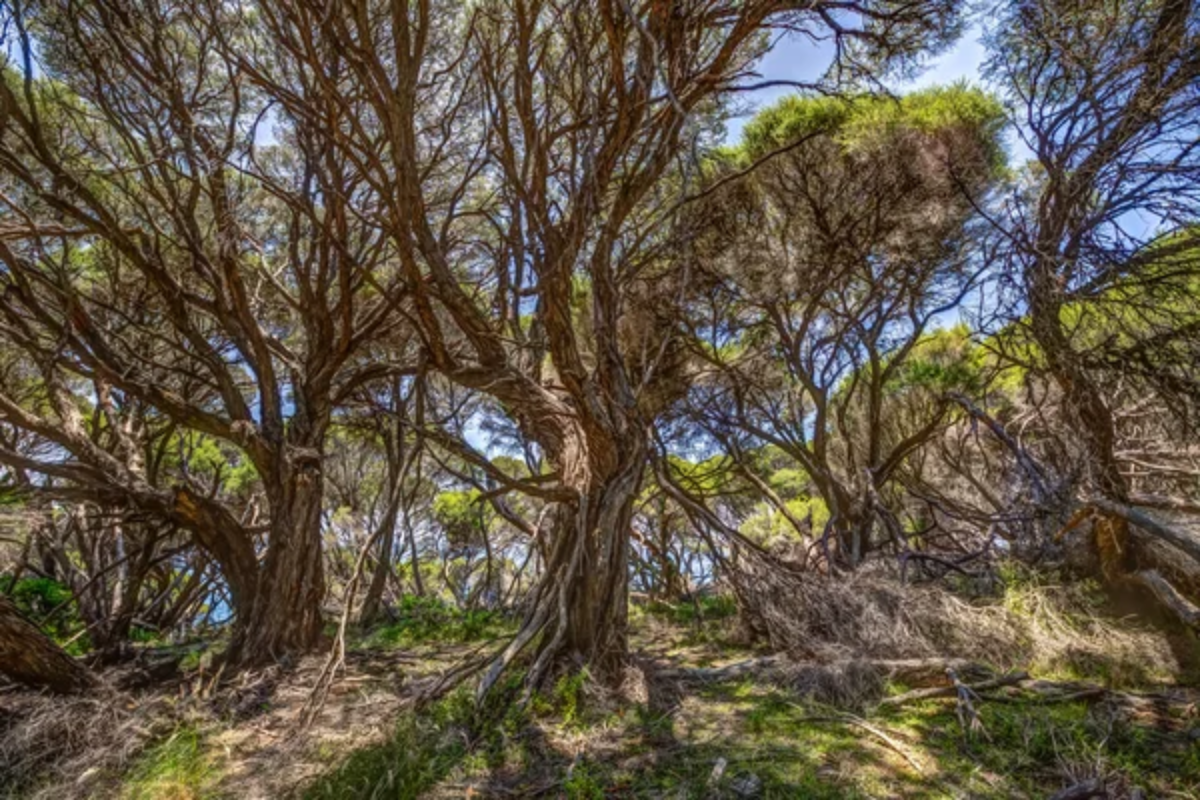
The southern end of Bruny Island offers excellent opportunities to spot marine mammals and seabirds. Migrating whales pass close to the spectacular cliffs between May and July, while albatrosses soar overhead year-round.
Little penguins nest in several locations around the coastline and return to shore at dusk. The coastal heath supports numerous echidnas and wallabies.
Like Travel Pug’s content? Follow us on MSN.
Warrawee Forest Reserve
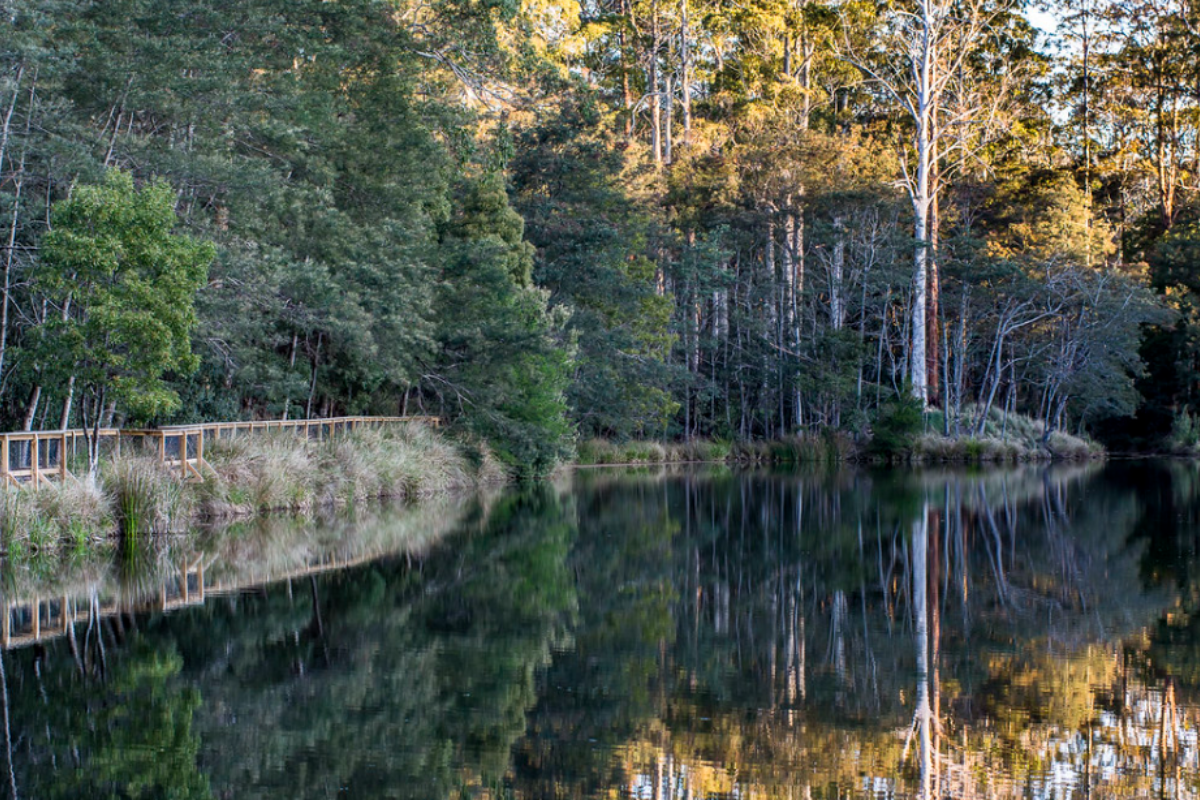
This small reserve near Latrobe is famous for its reliable platypus sightings. The quiet pools along the Mersey River provide the perfect habitat for these unique mammals, particularly at dawn and dusk.
Water rats can often be spotted diving for yabbies in the same areas where platypuses feed. The surrounding forest supports numerous possums and gliders best spotted during night walks.
Asbestos Range National Park
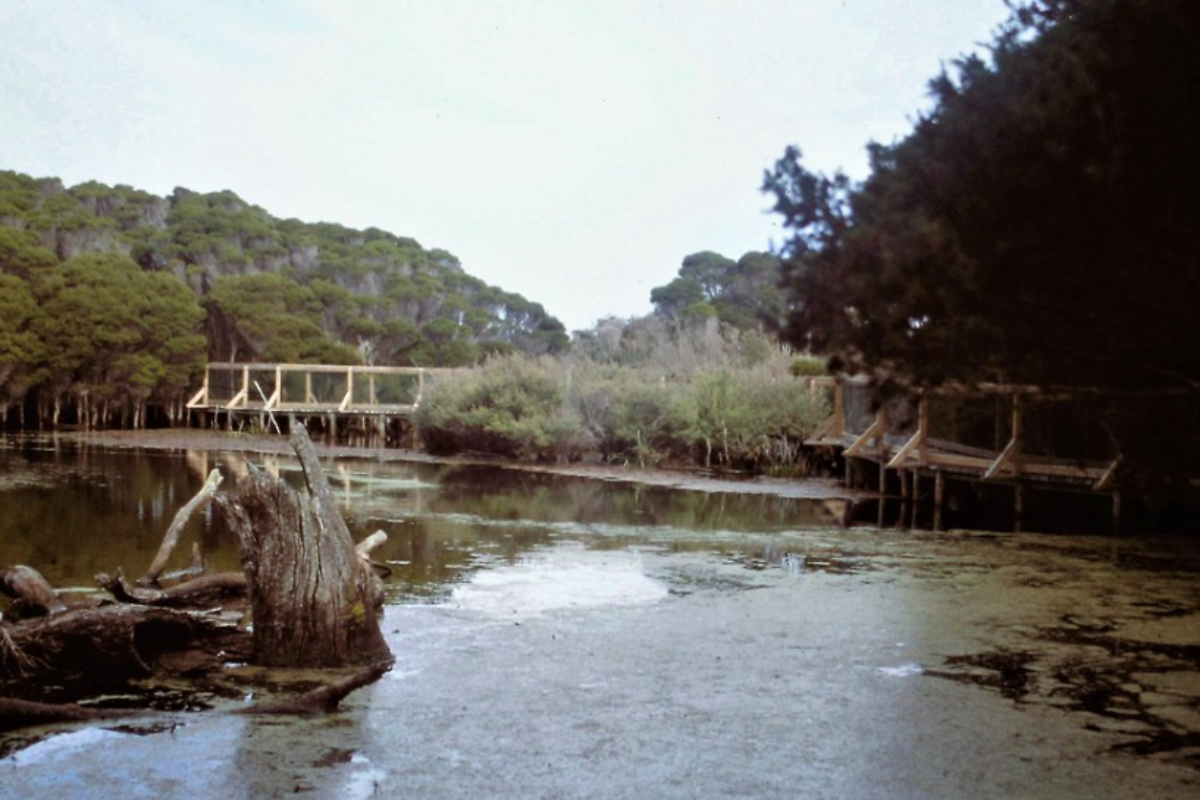
This coastal park offers excellent opportunities for spotting both land and marine wildlife. Forester kangaroos graze in the open areas, while pademelons stick to the forest edges.
Sea eagles nest in the coastal cliffs, providing spectacular aerial displays during breeding season. The park’s wetlands attract numerous waterbirds, particularly during migration periods.
Arthur-Pieman Conservation Area
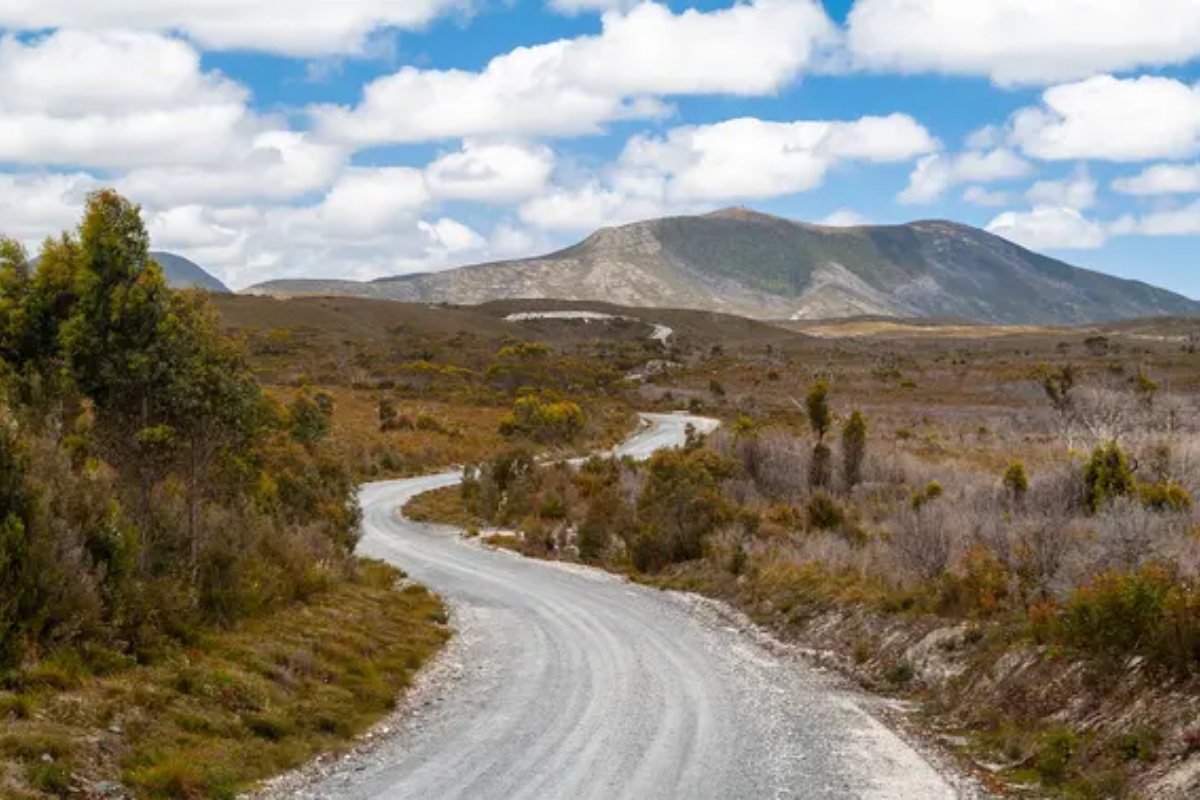
The wild west coast offers some of Tasmania’s most remote wildlife-watching opportunities. Wombats and wallabies graze in the coastal heathland, while Tasmanian devils leave their tracks along the beaches.
Sea eagles and peregrine falcons nest in the coastal cliffs, providing spectacular aerial displays. The area’s isolation means wildlife encounters feel particularly special and authentic.
Like Travel Pug’s content? Follow us on MSN.
Wild Echoes
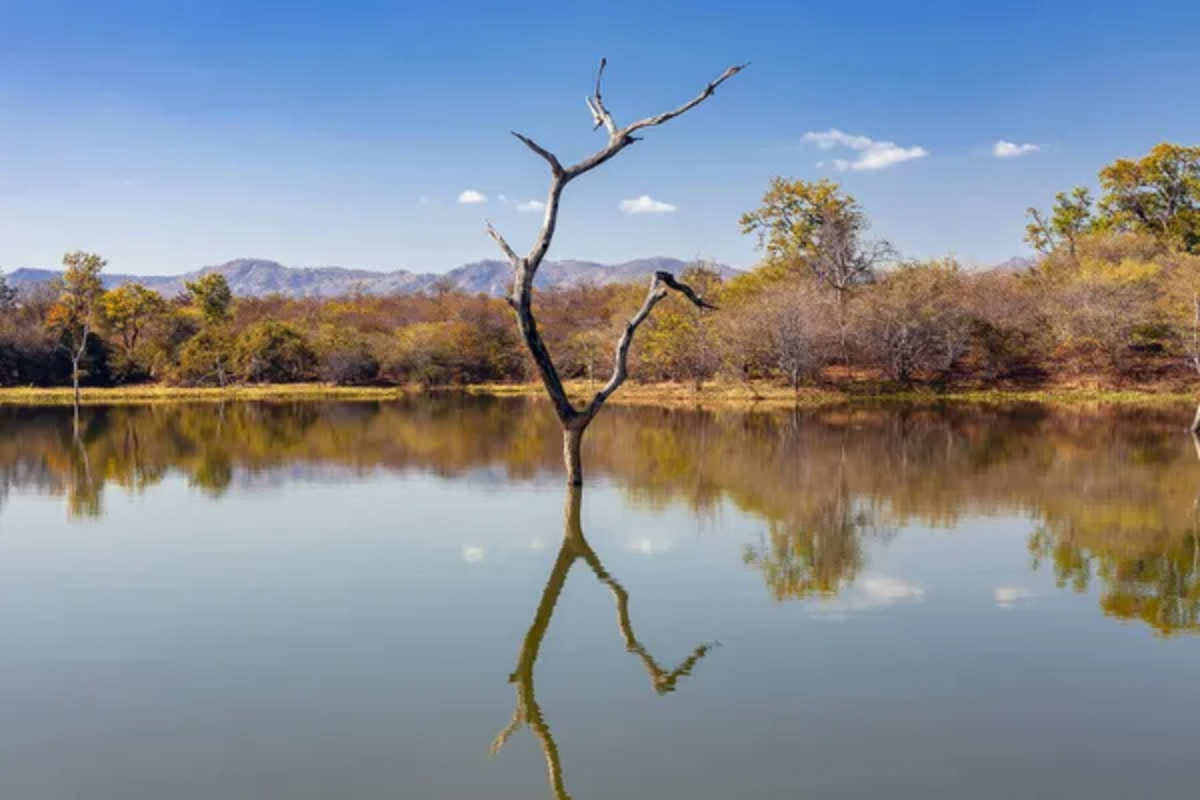
These wild places remind us that Tasmania remains one of Earth’s last great wildlife havens. From the smallest pademelon to the largest sea eagle, each creature plays its part in an ecosystem that stretches back millions of years.
While the world changes rapidly, these Tasmanian sanctuaries continue to protect and nurture their wild inhabitants. The chance to observe these animals in their natural habitat isn’t just a tourist activity – it’s a reminder of our responsibility to protect these irreplaceable wild spaces for future generations.
More from Travel Pug

- 20 Towns Built for One Purpose That Were Later Abandoned
- 15 Hidden Spots in Disney World’s Magic Kingdom Most Visitors Miss
- 15 Most Scenic Walks Anywhere in The World
- 15 Canyons in the U.S. That Are Just as Stunning as the Grand Canyon
- 10 Under-the-Radar Mountain Towns That Are Both Affordable and Beautiful
Like Travel Pug’s content? Follow us on MSN.
